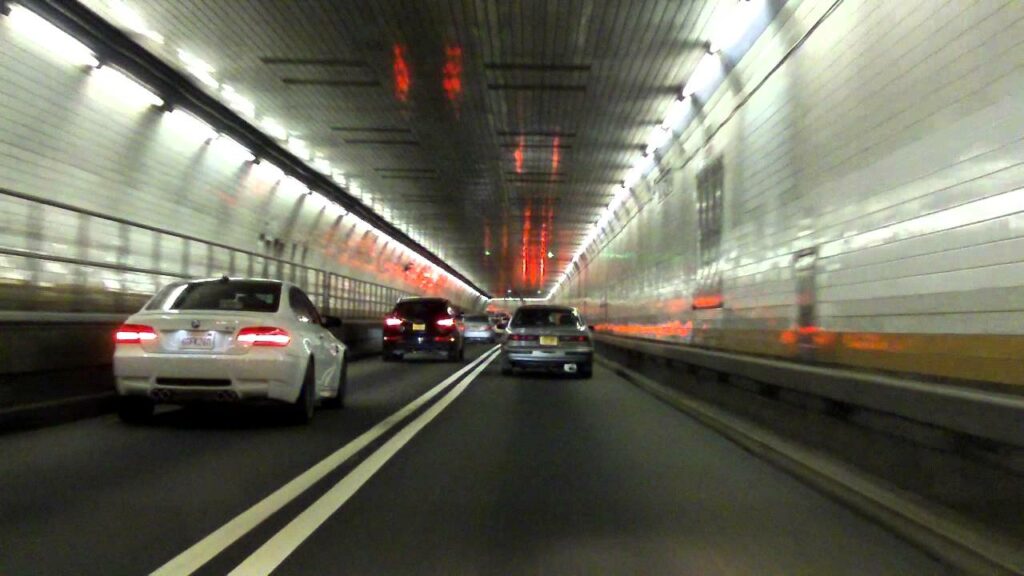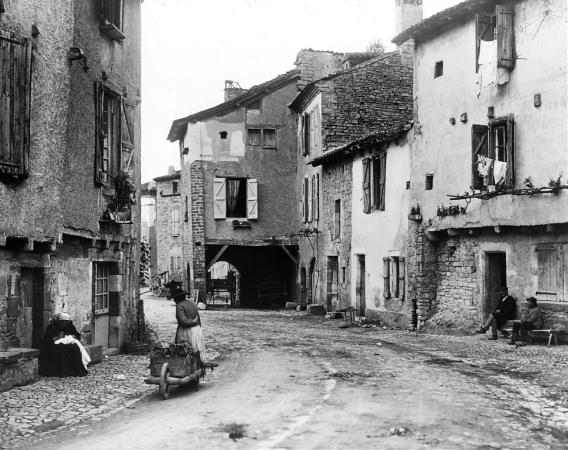By Elaine Viets
I was reading a fast-paced thriller when suddenly, the action stalled. The sheriff was chasing the killers, pursuing them on the back roads – and I was stumbling through sentences like this one: “Where State Road 41 turned north to Wyandotte, I went south on US 64, and west on Highway 27 until it intersected with Route 441, and then . . . ”
And then I lost interest. My thriller had turned into Mapquest.
Never mind who wrote this novel, or the real names of the roads and town – all writers lose their way sometimes.
Even big name authors will give you turn-by-turn directions to the Santa Monica Freeway or the Holland Tunnel.
 Donald Westlake parodied this habit in his funny Dortmunder novels. Stan, the driver for this band of feckless crooks, always discussed his routes through New York City. Here’s a Stan sample:
Donald Westlake parodied this habit in his funny Dortmunder novels. Stan, the driver for this band of feckless crooks, always discussed his routes through New York City. Here’s a Stan sample:
“Anyway, the Van Wych’s no good because they’re putting in the monorail. I figured the old streets are still okay, I’ll take a straight run up Flatbush Avenue, come to Manhattan that way.”
Mentioning lots of streets may seem to give your novel gritty authenticity, but those streets should help illustrate your story. If your hero is chasing drug smugglers through the back country, describe those roads so they are more than jumbled numbers. Is the highway deserted at night? Is that rutted road hard to see in the rain? Are there isolated farmhouses nearby – or is this road so far off the grid your hero will have no help in an emergency?
Use those roads to give us a feeling of what’s going on. This information can rachet up the tension in your novel.
Paddy Hirsch, in his historical mystery, “The Devil’s Half Mile,” about Wall Street in 1799, mentions a spaghetti tangle of Manhattan streets. But look how he does it:
 “Bedlow Street and Timber Street had the high ground and the views, while Cherry Street had the seafront promenade, but the maze of lanes and alleys that tumbled down the hill and connect them was something else entirely. Most of the land there was marsh, and the work to drain the soil and fill in the incline had not gone well. The lanes were sunken, and the buildings on them flooded in the fall, froze in the winter and attracted mosquitos in the summertime. The mysterious fevers and sicknesses that plagued the city seemed to center on those sinkholes, so that only the poorest and most wretched lived there. But the rents were cheap, and as a result they were overflowing with newcomers seeking a fresh start in the growing city.”
“Bedlow Street and Timber Street had the high ground and the views, while Cherry Street had the seafront promenade, but the maze of lanes and alleys that tumbled down the hill and connect them was something else entirely. Most of the land there was marsh, and the work to drain the soil and fill in the incline had not gone well. The lanes were sunken, and the buildings on them flooded in the fall, froze in the winter and attracted mosquitos in the summertime. The mysterious fevers and sicknesses that plagued the city seemed to center on those sinkholes, so that only the poorest and most wretched lived there. But the rents were cheap, and as a result they were overflowing with newcomers seeking a fresh start in the growing city.”
Hirsch outlined an entire neighborhood in one paragraph, and named the major streets.
One of the best examples of stellar road work is in T. Jefferson Parker’s “California Girl.” It’s 1960 and teenage Andy is driving his girlfriend home in his car, nicknamed the Submarine.
 “Andy steered the Submarine up Red Hill Avenue, into Lemon Heights. Meredith sat close beside him, her hand on his knee. Through his jeans, he could feel the exact shape of her palm and thumb and each finger. He tried to open his leg a little, invite her hand to go farther up, but he had an accelerator to work and she’d never moved much north of his knee anyway. Wasn’t going to in the middle of day, heading home from school. That was for sure.”
“Andy steered the Submarine up Red Hill Avenue, into Lemon Heights. Meredith sat close beside him, her hand on his knee. Through his jeans, he could feel the exact shape of her palm and thumb and each finger. He tried to open his leg a little, invite her hand to go farther up, but he had an accelerator to work and she’d never moved much north of his knee anyway. Wasn’t going to in the middle of day, heading home from school. That was for sure.”
They talk about their plans and then:
“Andy downshifted and made the left onto Skyline. Meredith had removed her hand from his leg but he could still feel it there, warm and soft and a little damp. . . .
“Lemon Heights was where the rich people lived. The heights were rolling foothills with eucalyptus and avocado and sycamores, even a few lemon trees from the old days. The houses were big and each one was different, not like the tracts expanding below, where two or three floor plans repeated themselves up one street and down the next.”
Using streets can give your story real direction.



If I know the neighborhood, I can accept–even enjoy–following the route, but otherwise, it’s just a “time to skim” moment for me.
Always better to have actual plot points happening en route.
Good point, Terry. And what about the poor readers who don’t know the neighborhood? They’re lost.
Good advice and examples, Elaine, thanks.
It is the fine line. Enough to carry the story, without, as you said perfectly, becoming MapQuest. And there is the other danger. I could write a car chase or evening cruise on streets I know perfectly. Using Google Maps, I might take my car chase down a road that doesn’t really go there. And someone will call you on it.
Absolutely, Alan P. I read a book set in Washington DC that allowed someone to make a left turn at rush hour. THAT DOESN’T HAPPEN!
We don’t just have to deal with highway numbers here in Atlanta, – there are at least fifty-eleven variations on Peachtree Street to deal with~
☺
Yep US 1 here in Florida is the same.
I remember after a tour of the Coke Museum with a friend who LIVED in the Atlanta area, getting lost as she tried to navigate all the combinations and permutations of Peachtrees to get out of downtown.
And let’s not forget the ring roads, George. More confusion.
It’s why they’re going, not where they are going. I like to concentrate on the emotional or personal aspect of the journey or the destination. At worst, it’s a good time for a bit of let’s-figure-this-out dialogue or soul searching. Otherwise, it’s just filler that’s easily skipped over.
Good point, Marilynn. It’s absolutely about the “why,” or some soul searching.
Good points — brava for sense of place enhancing, not distracting, from the story.
Street names alone are meaningless to most readers. Your excellent examples showed how to enhance a driving scene. What a great post, Elaine. This subject isn’t often discussed.
thanks, Sue. I’ve been paying attention to streets in my reading lately.